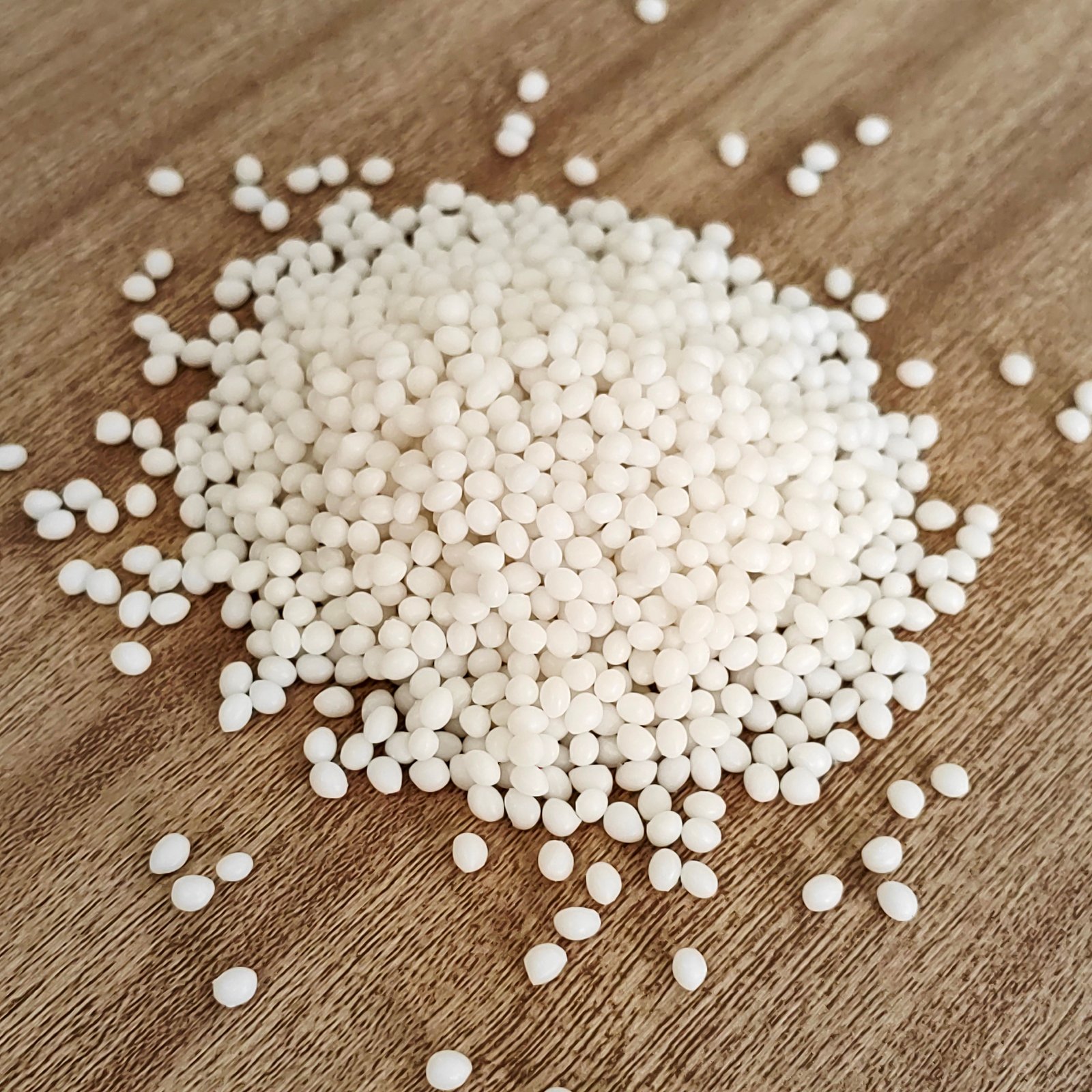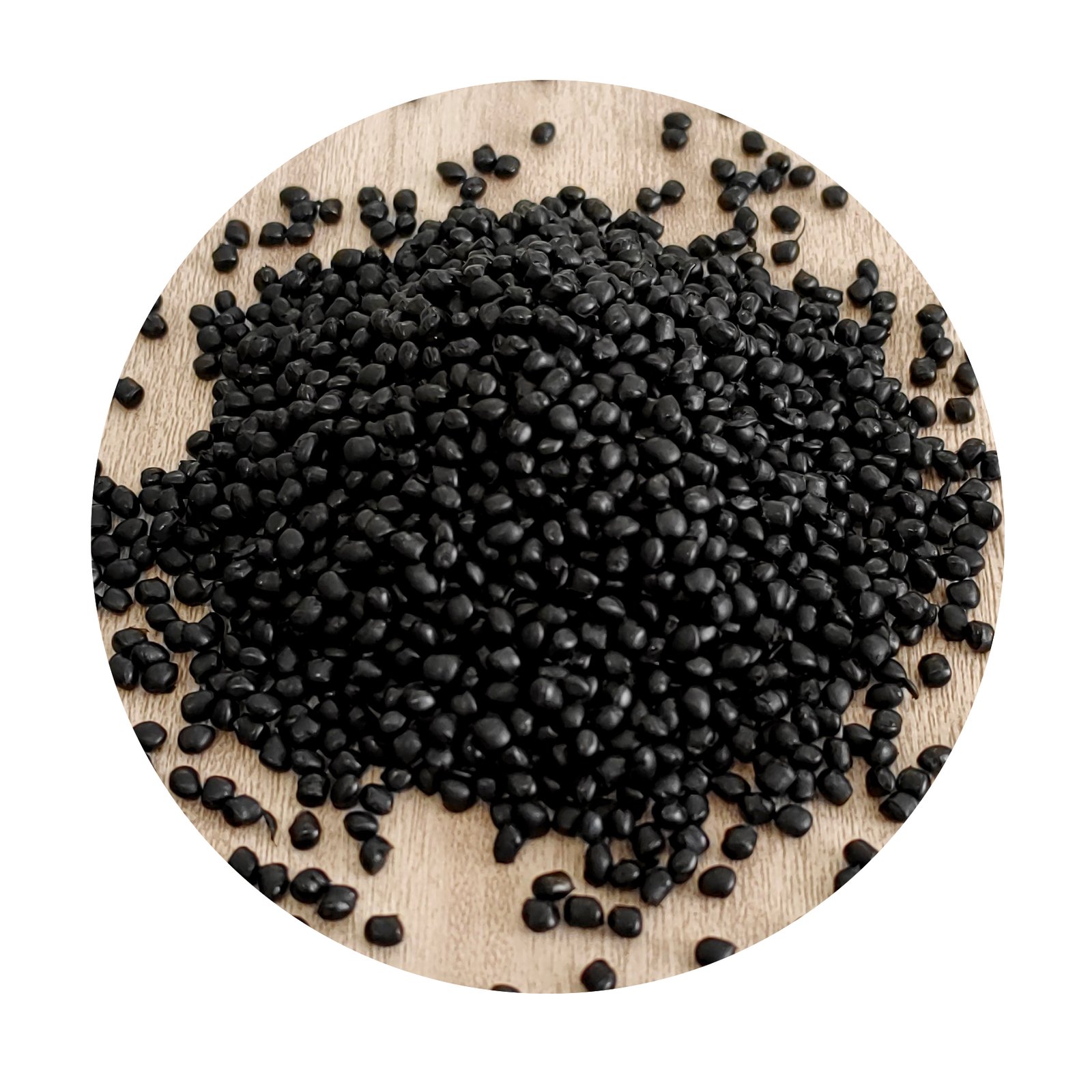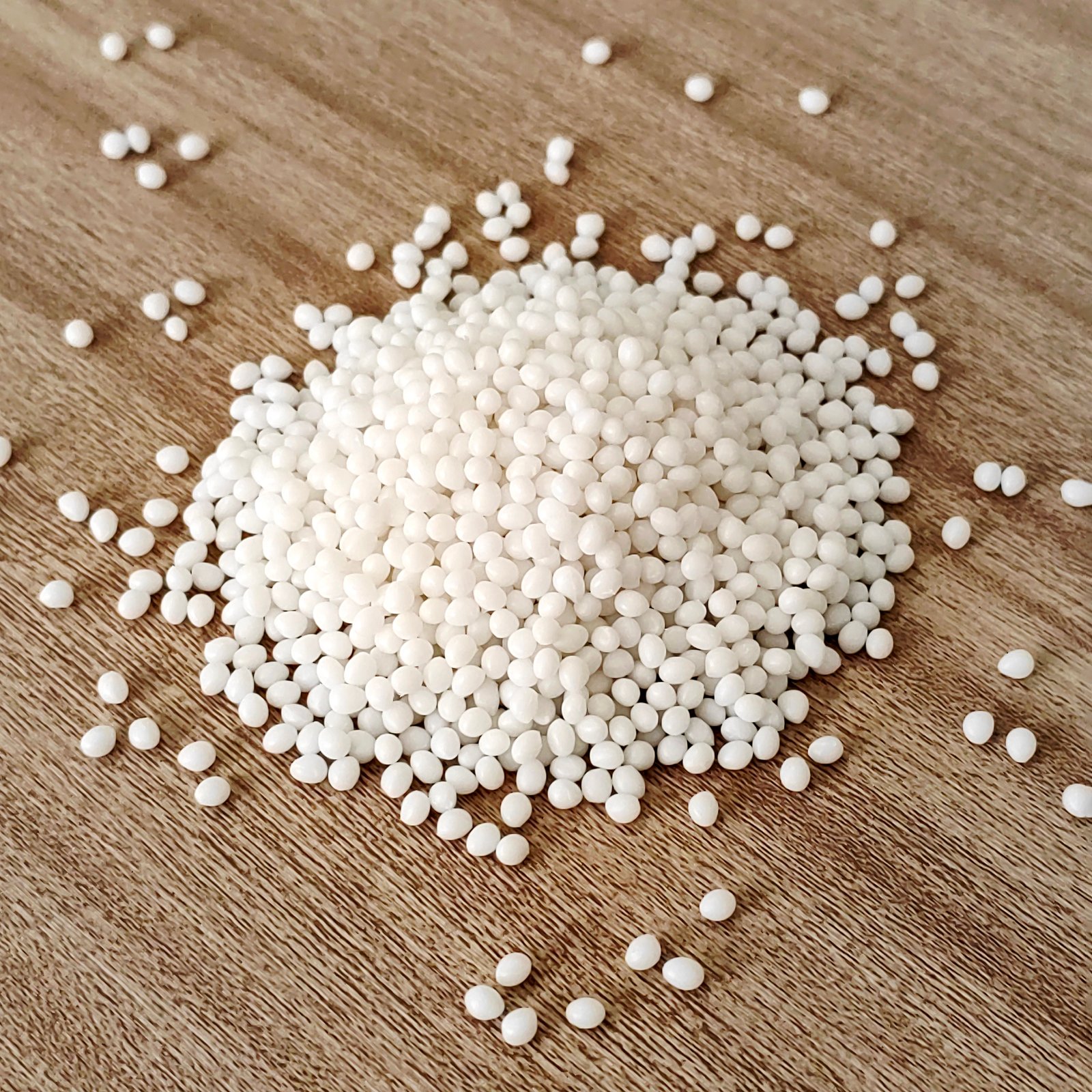PRODUCTOS
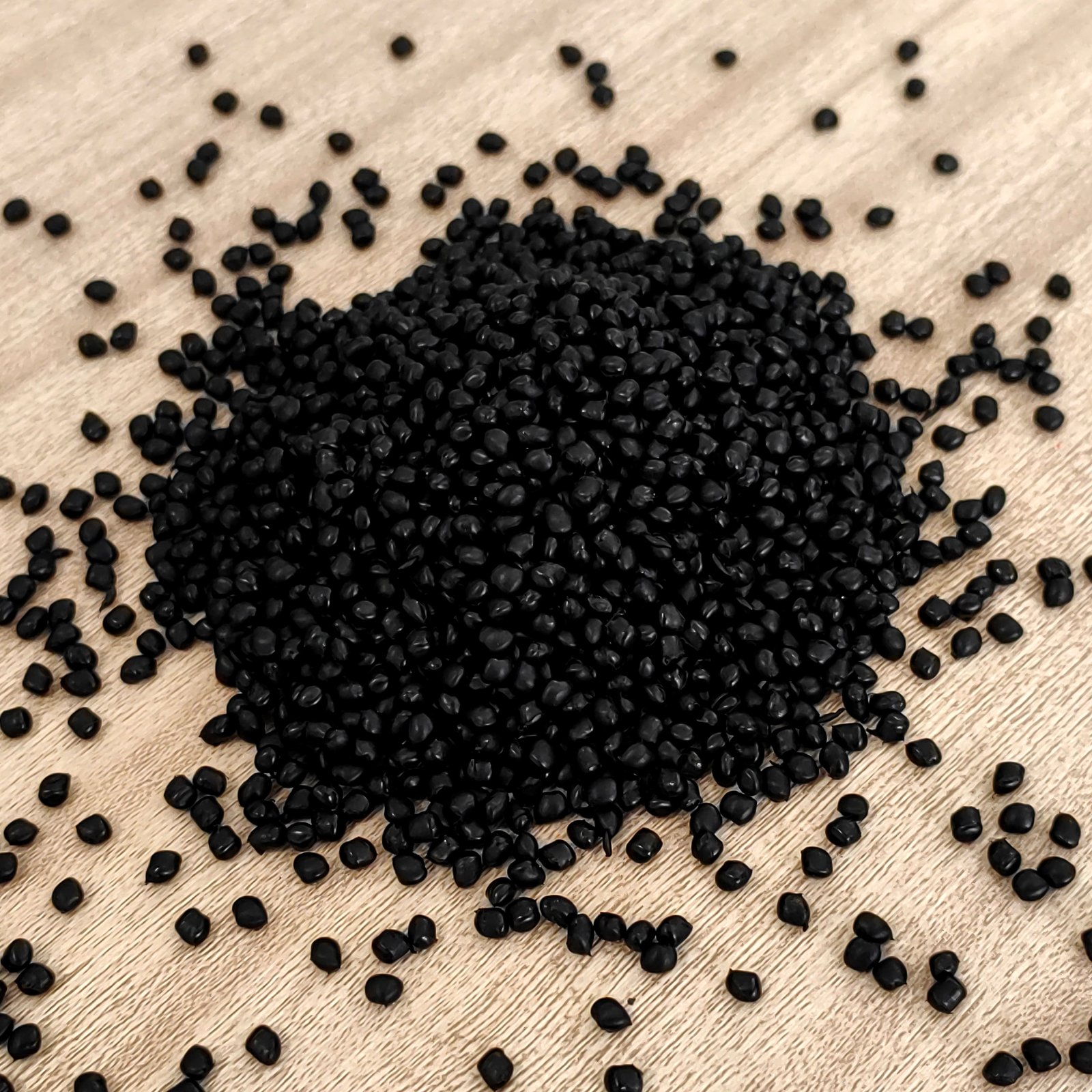

Hytrel® 5526 | High-Flow TPEE for Injection and Thermoforming
Estructura del producto
What Is DuPont's Hytrel® 5526
In the industrial design trend that places higher demands on flexibility, durability and processing performance, DuPont's Hytrel® 5526 has emerged as an ideal material that combines the softness of elastomers with the strength of engineering plastics. As a thermoplastic polyester elastomer (TPEE), it not only possesses outstanding mechanical properties, heat resistance and electrical characteristics, but also demonstrates high adaptability in various application fields. Juyuan is now providing genuine Hytrel® 5526 granules on a long-term basis. We welcome global buyers to cooperate and negotiate.
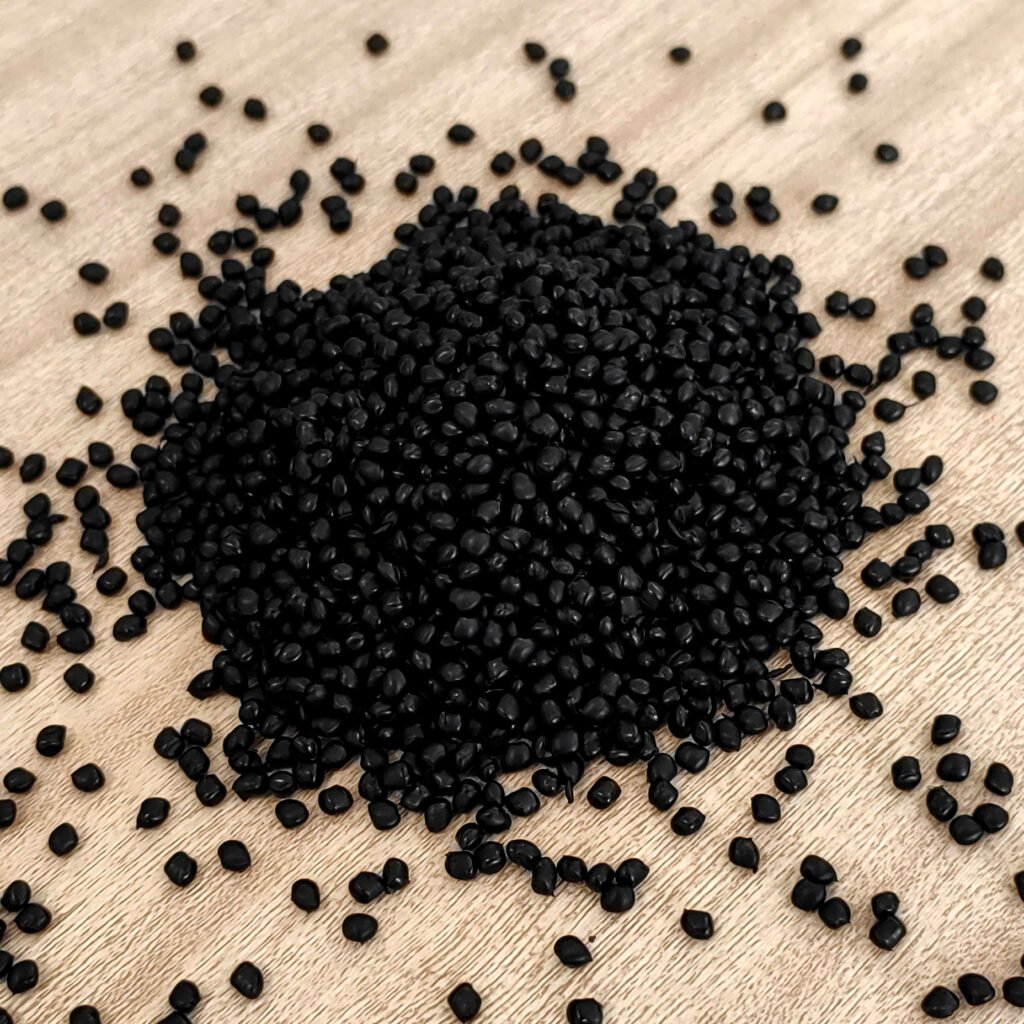
01 | Material structure highlights: A perfect blend of rigidity and flexibility, with balanced performance
Hytrel® 5526 is a block copolymer material based on the structure of polyester soft segments and rigid hard segments. This molecular architecture endows it with excellent comprehensive performance:
・Outstanding tensile strength and elongation at break: The elongation at break is as high as 780%, and the tensile strength at break is 40 MPa, far exceeding that of traditional rubber.
・High impact absorption capacity: The notched impact value of the cantilever beam is 115 kJ/m² at -40°C, and it remains flexible at low temperatures.
・Excellent heat and weather resistance: The continuous service temperature of RTI can reach 50°C, and the maximum Vicat softening temperature can reach 180° C. At the same time, it has UV resistance.
・Excellent electrical insulation performance: Volume resistance 4E+13 Ω·cm, CTI reaches 600V, suitable for scenarios that require long-term electrical isolation.
This makes Hytrel® 5526 the best solution that takes into account both rigid structural support and flexible moving parts.
02 | Strong process adaptability: An ideal choice for thermoplastic processing
Hytrel® 5526 is supplied in pellet form and is primarily processed by injection molding and thermoforming, meeting diverse production needs.
・High flowability is a key feature of this material, with a melt index of 18 g/10 min (220°C, 2.16 kg). This enables rapid mold filling and reduced cycle times during injection molding, making it particularly suitable for complex structures and thin-walled products.
・In thermoforming applications, Hytrel® 5526 pellets exhibit excellent melt uniformity and thermal stability, ensuring a more stable molding process and significantly improving the dimensional accuracy and surface quality of the finished product.
・Excellent dimensional stability, with a controlled biaxial shrinkage of 1.4%, ensures high consistency in the finished product.
・Unnotched impact tests demonstrate "NB" (no break) at both -30°C and 23°C, demonstrating that the material maintains its toughness across temperature ranges.
This means Hytrel® 5526 is suitable for both mass-produced industrial parts and precision injection-molded consumer goods.
03 | Application Scenarios: Cross-border materials for the high-end market
Thanks to its comprehensive performance features, Hytrel® 5526 is widely adopted in multiple industries:
| Application Field | Ejemplos de aplicaciones |
| Automotive | Drive belt covers, ABS wire harness overmolding, air ducts |
| Home Appliances & Electronics | Cable sheathing, connectors, motor components |
| Sports Equipment | Ski edge protectors, climbing buckles, sports gear parts |
| Industrial Pipes | Corrugated hoses, sealing components, shock-absorbing brackets |
In addition, its low odor grade (VDA 270 class 5) and low atomization value (0.1mg) also make it have the application potential of automotive-grade materials.
04 | Thermoplastic Polyester Elastomer Hytrel® 5526 Properties
| Comportamiento mecánico | Condición | Estándar | Valor | Unidad | |||
| Alargamiento | Producir | ISO 527 | 35 | % | |||
| Alargamiento | Romper | ISO 527 | 780 | % | |||
| Módulo de flexión | ISO 178 | 200 | MPa | ||||
| Impacto de muesca Izod | -40°C | ISO 180 | 115 | kJ/m² | |||
| Resistencia a la tracción | Romper | ISO 527 | 40 | MPa | |||
| Resistencia a la tracción | Producir | ISO 527 | 15 | MPa | |||
| Módulo de tracción | ISO 527 | 190 | MPa | ||||
| Módulo de fluencia por tracción | 1 hora | ISO 899 | 170 | MPa | |||
| Módulo de fluencia por tracción | 1000 horas | ISO 899 | 130 | MPa | |||
| Impacto Charpy sin muesca | 23ºC | ISO 179 | NÓTESE BIEN | kJ/m² | |||
| Impacto Charpy sin muesca | -30°C | ISO 179 | NÓTESE BIEN | kJ/m² | |||
| Impacto con entalla Charpy | 23ºC | ISO 179 | NÓTESE BIEN | kJ/m² | |||
| Impacto con entalla Charpy | -30°C | ISO 179 | 150 | kJ/m² | |||
| Impacto con entalla Charpy | -40°C | ISO 179 | 30 | kJ/m² | |||
| Térmico | Condición | Estándar | Valor | Unidad | |||
| HDT | 0,45MPa | ISO 75 | 65 | °C | |||
| HDT | 1,8MPa | ISO 75 | 45 | °C | |||
| Temperatura de fusión | 10 °C/min | ISO 11357 | 203 | °C | |||
| Temperatura de transición vítrea | 10 °C/min | ISO 11357 | -20.0 | °C | |||
| CLE | Fluir | ISO 11359 | 2E-4 | cm/cm/°C | |||
| CLE | xFlujo | ISO 11359 | 2E-4 | cm/cm/°C | |||
| Temperatura de ablandamiento Vicat | 50 °C/h 10 N | ISO 306 | 180 | °C | |||
| Temperatura de ablandamiento Vicat | 50 °C/h 50 N | ISO 306 | 75 | °C | |||
| Propiedad fisica | Condición | Estándar | Valor | Unidad | |||
| Absorción de agua | 2,00 mm | ISO 62 | 0.6 | % | |||
| Absorción de humedad | 2,00 mm | ISO 62 | 0.2 | % | |||
| Contracción | Fluir | ISO 294 | 1.4 | % | |||
| Contracción | xFlujo | ISO 294 | 1.4 | % | |||
| Densidad | ISO 1183 | 1.19 | gramos/cm³ | ||||
| Densidad de fusión | 1.04 | gramos/cm³ | |||||
| Índice de fusión | 220°C 2.16kg | ISO 1133 | 18 | g/10min | |||
| Índice de fusión | 220°C 2.16kg | ISO 1133 | 17.5 | cm³/10min | |||
| Propiedades electricas | Condición | Estándar | Valor | Unidad | |||
| CTI | IEC 60112 | 600 | V | ||||
| Constante dieléctrica | 1 MHz | IEC 62631-2-1 | 4.6 | ||||
| Constante dieléctrica | 100 Hz | IEC 62631-2-1 | 4.9 | ||||
| Resistividad volumétrica | IEC 62631 | 4E+13 | Ω.cm | ||||
| Rigidez dieléctrica | CEI 60243 | 20 | kilovoltios/mm | ||||
| Factor de disipación | 1 MHz | IEC 62631-2-1 | 0.0375 | ||||
| Factor de disipación | 100 Hz | IEC 62631-2-1 | 0.009 | ||||
| Resistividad superficial | IEC 62631-3-2 | 1E15 | Ω | ||||
| Dureza | Condición | Estándar | Valor | Unidad | |||
| Dureza Shore D | 15 segundos | ISO 7619 | 51 | ||||
| Dureza Shore D | Max | ISO 7619 | 55 | ||||
| Inflamabilidad | Condición | Estándar | Valor | Unidad | |||
| Clasificación de llama | NC 1,5 mm | UL94 | media pensión | ||||
Looking for the full datasheet? Contact us for more technical information.
05 | Differentiation Advantage: Why Choose Hytrel® 5526
・Extremely low embrittlement temperature (-98°C) : It remains flexible in extremely cold environments and is suitable for engineering projects in cold regions.
・High bidirectional tear strength (133 kN/m) : More durable under frequent tensile or high-impact conditions;
・Stable dielectric properties and withstand voltage (20 KV/mm) : Meeting the strict safety requirements of industrial electrical appliances;
・Flame retardant certification (UL94 HB) and limiting oxygen index of 21% : Provide additional protection for electronic and electrical products.
When replacing thermosetting rubber, TPV or flexible PVC, Hytrel® 5526 often achieves a better solution between comprehensive cost and performance.
06 | Customer Feedback: First-hand Voices from practical applications
Several European electronics manufacturers have reported that after adopting Hytrel® 5526, the mechanical fatigue life of their flexible cable sheaths at high temperatures has been extended by 1.5 times. After a domestic car manufacturer applied this material in the interior elastic connection parts, the consistency and controllability of the products were significantly improved.
07 | Similar recommendations: More TPEE thermoplastic elastomers for your selection
If you have special performance requirements, Juyuan can also recommend the following alternative models for you
| Fabricante | Modelo | Índice de fusión | Dureza Shore D | Módulo de tracción | Resistencia a la tracción |
| Celanese | 7212 | 68 | 549 MPa | 48 MPa | |
| Celanese | 3564T | 35 | 50 MPa | 18 MPa | |
| Celanese | L6064 | 68 cm³/10min | 58 | 32 MPa | |
| DuPont | PC938 NC010 | 30 | 24 MPa | ||
| DuPont | PC948 NC010 | 40 | 22 MPa | ||
| Toray DuPont | 7247 | 14 g/10min | 72 | 422 MPa | 36.3 MPa |
| Toray DuPont | 2571 | 18 g/10min | 72 | 863 MPa | 28.4 MPa |
08 | About Juyuan: A reliable supplier of plastic raw materials
As a professional company specializing in the international trade of plastic raw material pellets, Juyuan not only offers original factory stock of Hytrel® 5526, but also supports multiple model comparison recommendations and technical parameter comparisons to help customers select models efficiently. We insist on not selling recycled materials and only supply genuine raw materials to ensure the consistency and compliance of materials.
09 | Frequently Asked Questions (FAQ)
Q1: What are the differences between Hytrel® 5526 and TPE?
A: Hytrel® 5526 belongs to TPEE (Thermoplastic Polyester Elastomer), which has higher mechanical strength and thermal stability than common TPE (such as TPR, TPV).
Q2: Can this material be used for food contact?
A: It needs to be confirmed based on the specific certification batch. It is recommended for non-direct contact scenarios, such as sealing gaskets, handles, etc.
Q3: Can dyeing processing be carried out?
A: It is dyeable. It is recommended to use a dedicated color masterbatch and fully disperse it at the processing temperature.
Key words: Hytrel® 5526, TPEE, DuPont Elastomer, Thermoplastic polyester elastomer, Injection molding raw materials, Industrial elastic plastics, Juyuan Plastic supplier
If you need to obtain TDS/MSDS/ customs declaration data samples, please feel free to contact us through our website. Juyuan is dedicated to serving you.
【Recomendaciones relacionadas】
SK TPEE G155D: Thermoplastic Polyester Elastomer for Injection & Extrusion Applications Más información>
SK TPEE LP380A: Injection and Extrusion Grade Thermoplastic Polyester Elastomer Más información>
TPEE G240D Thermoplastic Polyester Elastomer Automotive and Industrial Use Más información>

